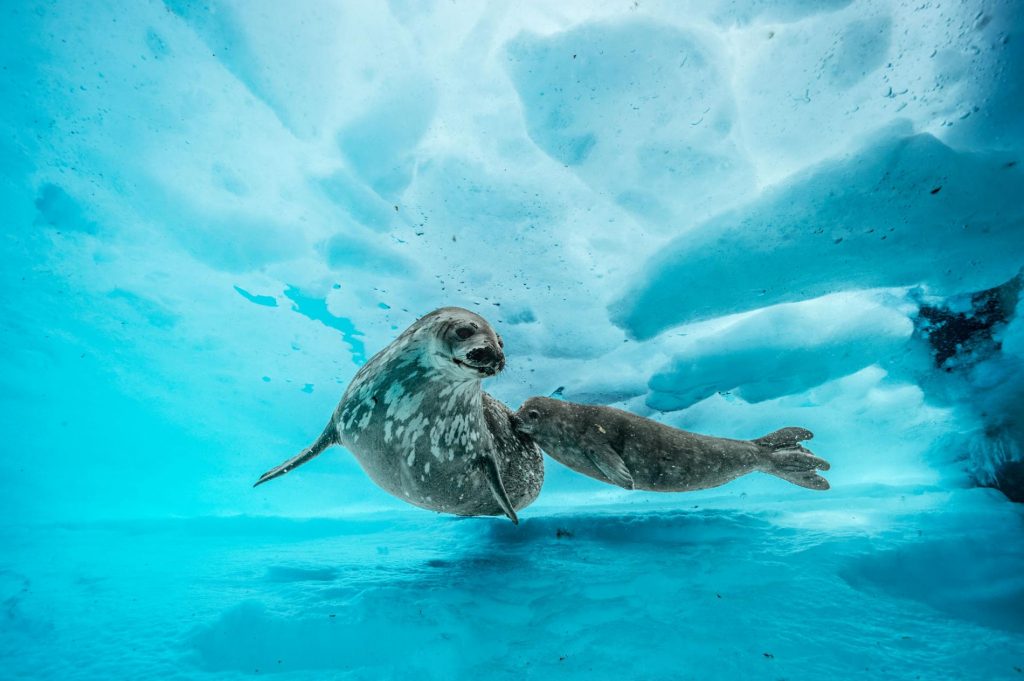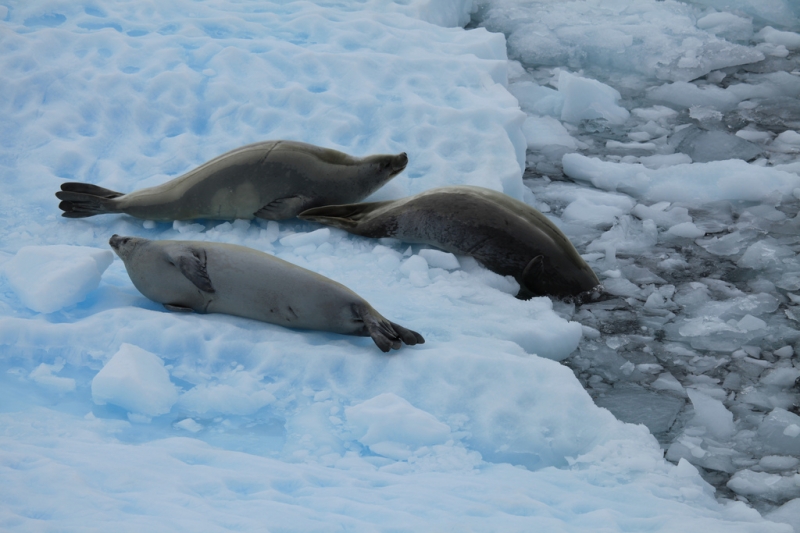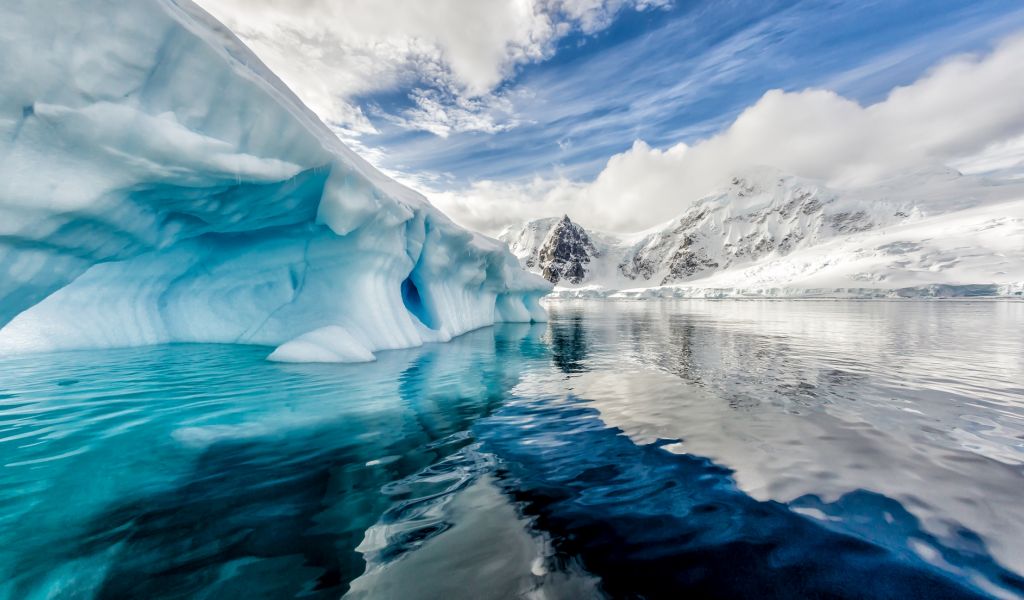Deepest Dive Ever 
One of the news report carried out by National Geographic Channel showcased the experience of a diver when he did his deepest dive in Antarctica. What all he sees down there now was everything the scientists had imagined then. At 30-50 feet he found some forest kelp, followed by giant sea stars and sea spiders.
Strange Marine Life
Deep down at around 165 feet, the light dims and the seafloor is covered with feather hydroids and thousands of scallops. The scallops so found are believed to be 40 years old or more. At some 230 feet, gorgonian sea fans, shellfish, soft corals, sponges could be discovered. And a lot more weird and wild inhabitants of the newly discovered ecosystem make way for the mystery to continue…
All Saline
 On reaching deeper into the drifted zone, the biodiversity diminishes as shallow water supports less stable climates. The drifted icebergs and sea ice scours freezes often and takes away the freshwater. On melting they return that water causing extreme differences in the salinity of the Antarctic water.
On reaching deeper into the drifted zone, the biodiversity diminishes as shallow water supports less stable climates. The drifted icebergs and sea ice scours freezes often and takes away the freshwater. On melting they return that water causing extreme differences in the salinity of the Antarctic water.
The Winter Blues
Every year in winter the ocean freezes stronger than before. All the drifted ice once again combines and covers the revealed parts. However, the ice traps the algae which form on the inner linings of the ice layer. These algae provide food to phytoplanktons when there is not enough light for them to produce food.
The Spring Blooms
None can think of possibly what is happening up next. As the spring sets in, the ice begins to melt and the algae slip into deep waters gathering all the nutrients, sunshine and water they need from the sea and again convert into phytoplankton. These are claimed to be the most surprising algae species.
Population Explosion
As the spring sets in, the population of some species just blooms to explosive levels. Organisms, namely krill, eat and munch on this phytoplankton algae and multiply instantly into a multitude. Scientists claim that the entire population of krill in the Antarctic is more than the entire world’s human population. That’s just hugely surprising!
